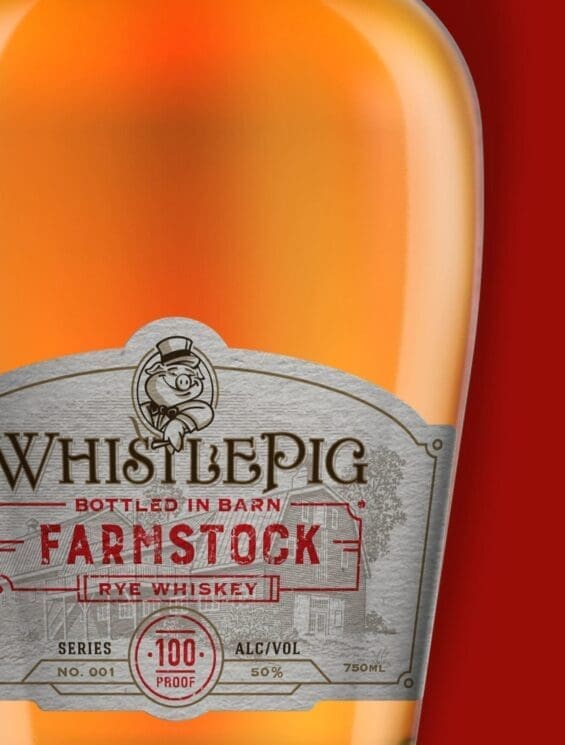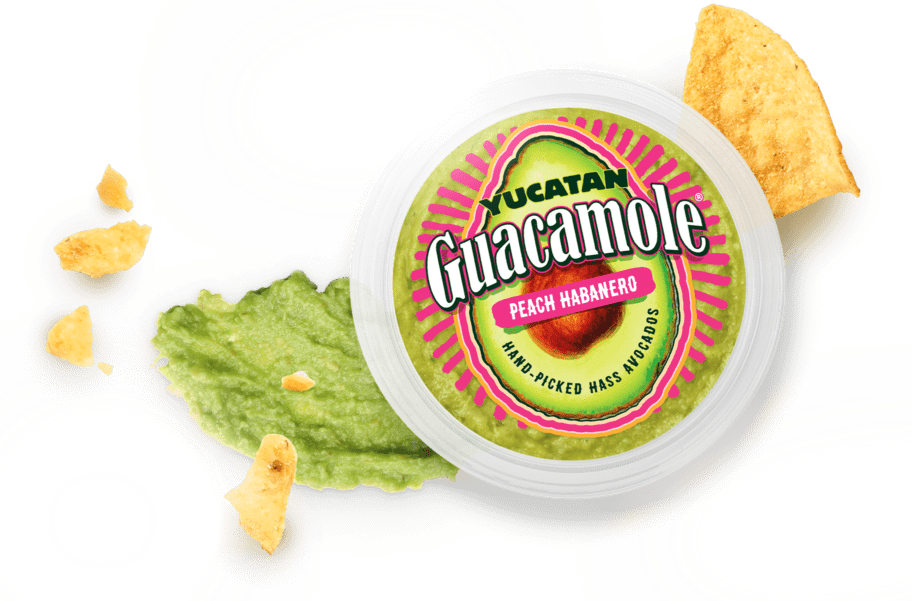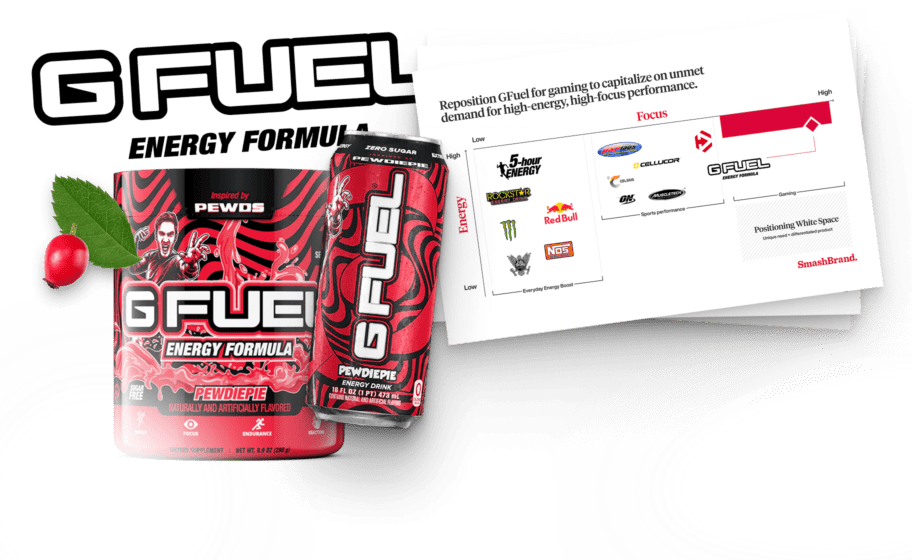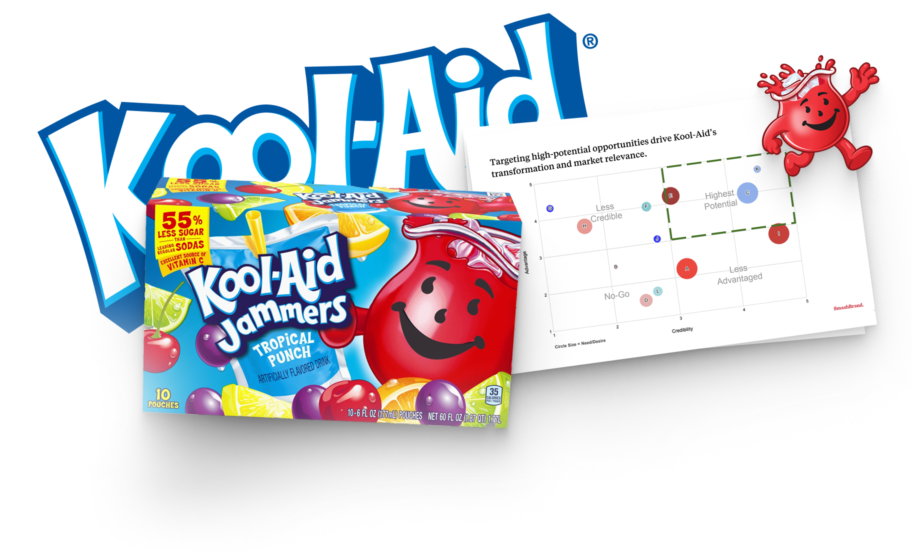A powerful brand moment can come from a cheap beer or a top-shelf tequila. Whether it’s a can of Pabst Blue Ribbon or a bottle of Patrón, alcohol packaging design has the unique power to anchor memories. That’s what makes alcohol a distinctive CPG category: packaging isn’t just visual, it’s emotional. So how do alcohol brands stand out in a world full of nostalgia and noise?
The answer: test your alcohol brand design as if your business depends on it, because it does.
Unlike traditional CPG products, shelf presence in the alcohol packaging market spans multiple environments: grocery stores, liquor aisles, back bars, and dimly lit nightclubs. Each location presents its own challenge, and each audience sees your product through a different lens, sometimes, literally. Sober or buzzed, consumers make snap judgments. Your packaging must withstand every context.
That’s why alcohol packaging design can’t be an afterthought. From bottle material and structure to alcohol box packaging, label hierarchy, and logo design—every component influences perception and purchase. And it all must be tested. Initial designs give you a starting point. Iterative testing gives you a winning outcome.
As alcohol label designers with a consumer-centric mindset, we know great design is always validated. This article examines current alcohol packaging trends by category and shares innovative ideas for alcohol packaging to inform your strategy and drive market performance.
Alcohol statistics that will lift your spirits.
There is gold in them thar hills! While you won’t need to mine hills and pan in rivers to capitalize on the growing alcohol market, your hands will get dirty with the product packaging process.
Just because an industry is seeing an upward trend in sales doesn’t mean that it guarantees your alcohol business’s success. If that were true, they wouldn’t send for John Taffer, rescuing bars from debt so deep that it sits at the border of hell.
Statista reports that alcohol beverage sales will reach $ 284.10 billion in 2022, 76% of which will occur in a CPG setting. They expect the alcohol market to grow by another 2.3% in 2023.
You will need more than cool designs to capture significant market share. Successful alcohol companies combine a strong brand identity with design elements that resonate with the consumer.
Alcohol packaging drives innovation.
Alcoholic drinks packaging doesn’t just follow trends, it sets them. This category fuels innovation across the entire CPG beverage space. And it’s not just about market potential. Alcoholic branding and packaging design have always thrived on creativity. It’s cultural.
Go back to Prohibition and you’ll see the blueprint for today’s alcohol packaging strategies. With strict restrictions and minimal resources, bootleggers turned to ingenuity. Discreet, low-cost formulations led to some of the earliest purchase drivers, and laid the groundwork for the rich storytelling still present in alcohol brands today.
This category also benefits from the fun factor. Brand development in the alcoholic drinks packaging market tends to feel more energizing than other CPG sectors. Let’s face it, building a brand around tequila beats one around toner cartridges. It’s part of why creative teams stay inspired.
Innovation thrives at every level, from crafting small-batch spirits to launching new packaging formats. Many D2C alcohol brands start with taproom pours and evolve into shelf-ready D2C packaging experiences designed for distribution and growth.
Whether it’s smart tech integrations or category expansion, alcoholic beverage packaging remains a hotbed for creative breakthroughs and a proving ground for what works across the broader CPG space.
Alcohol packaging examples.
Should you jump on the bandwagon with the common art styles in adult beverage packaging? Just because a theme is present in product packaging doesn’t mean you should copy that look. In fact, copying a brand is a perfect plan for mediocrity in revenue.
How do you balance what the consumer expects, yet stand out on the shelf? It is through collaboration between the internal team and a creative agency that industry expectations can be met while also standing out. Through synergy, your brand can break through the clutter and into the consumer’s mind.
Now, let’s look deeper at what we currently see in each alcohol category.
Beer packaging design.
Boring beer is out! What began as a craft beer movement has now evolved into nationally distributed brands. Can creativity be at the forefront of beer packaging design? We have seen little packaging innovations outside of pop-top features (more to come on this). What has changed is the can design with presentation becoming either bold or sophisticated.
Cosmic colors and hippie designs make a happy product stand out on the shelf. But is this look becoming white noise within the industry? Only on-shelf testing will tell you the truth of the matter.
Hard ciders and fermented everything!
Fermentation experimentation is on the rise, and numerous fruit brews are now available on the market. Whereas hard apple ciders were our only option, bloody orange, cherry, cactus pear, and other fruit ciders compete for hard cider sales.
Bad news for hard apple cider companies. NielsenIQ announced in its most recent report that hard cider took a hard hit. Sales of Apple hard cider are down 8.2% over the last 52 weeks .
We believe that apples will bounce back, as there is something special about this historic form of alcohol.
Liquor that leaves an impression.
Storytelling remains a key driving factor in liquor packaging design. There’s an element of history poured into the customer’s glass through custom glass packaging.
When considering liquor bottle design, think of ways to lift a consumer’s spirits (pun intended). Execute this through a sophisticated appeal, an element of nostalgia, and a hint that you offer a timeless product.
Through our Packaging Design Process, WhistlePig toasted that its luxury whiskey brand increased its revenue by 22%, capturing 16% more of its target market.
Celebrity involvement remains a growing trend in liquor brand strategy. Celebrities such as Duane Johnson and Mark Wahlberg endorse these brands and have invested in the company.
Doesn’t a brand taste better when you can envision yourself taking shots with the Rock?
Infused seltzers.
Infused seltzers continue to capture market share. We now have players using all the main alcohol ingredients. This list includes tequila, vodka, whiskey, brandy, gin, rum, beer, and wine. Brands have gone all in on this industry!
The competitor landscape now includes mainstream liquor brands and water companies, such as Topo Chico’s Ranch Water.
The trend for these products accelerated due to COVID-19, which led to the shutdown of bars and restaurants. Spirit seltzers offered the mixed drink experience while chilling at home. Will this trend slow down now that bars are reopening? Doubtful.
Innovation is generated from “no other choice” and has practical applications in the market that lives on. These products will remain in demand as long as the need persists. With premium alcohol trending upwards, alcoholic seltzers will be a serious competitor for spirits companies.
The problem with this pre-adolescent alcohol category is that almost all alcohol seltzers look identical. The only genuine change is the graphic design of the can. There’s a significant opportunity to disrupt this category by creating innovative packaging designs that closely resemble the mixed drink experience.
Wine packaging design.
Remember how Barefoot Wines stepped into the market (without shoes, of course), causing wine aficionados to put down their glass? Before they knew it, these wine experts saw the industry changing forever.
Since then, we have seen little disruption in the wine industry. The traditional glass bottle shape fills shelves, end caps, and stacked displays.
A specific demographic is creating a cult-like following for sustainable packaging. Along with craft breweries targeting surfers and eco-conscious individuals, the wine industry has a following that values sustainability. It makes sense that since wineries give such great care to the grapes, their earthly customers may want recycled materials in their wine bottle designs.
There is an opportunity for wine companies to follow the lead of the spirits industry, creating gift sets that include food pairings and specialty items.
Mini alcohol bottles.
Traditionally reserved for convenience stores, the past generation breathed new life into single-serve alcohol packaging. Taking a note from hard alcohol companies, RTD cups of wine started a trend that created a larger market for wine in cans. But the reason we are including this in our alcohol packaging report is because of an opportunity that lies ahead.
Thanks to the pandemic, liquor delivery became a real thing. Secret (or not so secret) societies of people in opposition to social distancing and masks had alcoholic goodies brought to their door.
A service that started with cases of beer, bottles of wine, and 5ths of alcohol can now be expanded into an experience. Alcohol delivery companies can create customized packaging that includes everything needed to make a mixed drink. Alternatively, you can offer this pre-packed item for your brand, making it easier for them.
Another example is meal kits sold by D2C companies and grocery stores. Rather than a bulk supply, they provide you with enough ingredients to create a dinner. Mini bottles of alcohol allow you to follow this approach.
As a packaged solution, alcohol brands can create these ready-to-mix packages that look beautiful on the store shelf. This is an excellent idea for any pure distillery competing against hard seltzers in a can.
Alcohol packaging trends.
As packaging processes continue to develop, new packaging trends emerge in the alcoholic beverage industry. These concepts have the potential to improve purchase intent and brand recall, or the potential to distract customers from a coherent message.
While there is a common theme across all categories of being eco-friendly, each category exhibits unique shifts. Let’s have a look.
Pop-top cans.
Brands are finally addressing the problems we’ve experienced with all pop-top cans. There is a push for an improved pop-top design that allows you to pull the entire top back, making it more similar to a beer can or a beer glass. Or, at the very least, packaging now can provide a smoother pour.
For enhanced marketing and experience, brands connect with their consumers via QR codes placed on the pop-top can or the label panel.
Beer and cider bottles.
The slim, sleek look of these bottles doesn’t seem to slow down. This category has seen little innovation, but there is certainly room for improvement. We would love to see innovation in twist-off versus bottle opener tops.
How can we better capture the moment when customers open the bottle and pressure releases the cloud of gas from the top? This is a missed opportunity to enhance the product experience.
A notable trend is the lighter bottle design. A new demographic emerges as more beer alternatives hit the market. Ladies are loving these alcohol options, and lighter bottles might make sense for this consumer.
Wine and saki bottles.
The cork is no longer king. Innovative sealing options are replacing the traditional cork, not just with screw tops. Today’s wine and sake brands are exploring closures that strike a balance between shelf appeal and consumer convenience, offering a modern take that even enthusiasts are beginning to appreciate.
But innovation doesn’t stop at the top. Alternative bottle shapes are turning heads and driving sales. From flat bottles designed for DTC packaging to short, stout forms that stand out on the shelf, these new structures do more than attract attention; they enhance fulfillment, shipping, and brand storytelling.
This shift is also opening up opportunities for single-serve packaging formats and more strategic box packaging design that supports both luxury positioning and e-commerce performance. For premium wine and sake brands, luxury packaging isn’t just about aesthetics; it’s about functionality, efficiency, and delivering a standout experience from shelf to doorstep.
Custom boxes & gift sets.
Alcohol gift sets have become an industry of their own. No longer is it only brands offering packages with additional products. Sales-driven alcohol subscription boxes focused on marketing have driven innovation for everyone.
Handcrafted wood boxes, limited edition designs, and sustainable (yet detailed) cardboard boxes are just a few of the gift set packaging innovations brands now have access to. At the very least, your brand should test these seasonal and holiday package promotion options.
Secondary packaging.
What we consider secondary packaging should, in fact, come first. A significant amount of branding occurs in the beer, wine, and spirits case. Even in an environment where the case exists only for customers to grab a bottle, there’s an opportunity to customize the experience.
However, where opportunity exists is by extending the life of secondary packaging. Let’s be honest, we have all at one point held flimsy soda case handles, heard a tear, and watched cans hitting the ground roll all over the parking lot. In today’s market, should this really be a concern for consumers?
How can you design your secondary packaging to be so durable that it is difficult to discard? How can it hold as much value as an empty Patron bottle that becomes a flower vase?
Alcohol packaging strategies.
An effective alcohol packaging design strategy effectively captures nostalgia while appealing to the consumers of this generation. Finding unification between these opposing approaches is how you win in the alcohol CPG market. Here are some strategies you should consider before finalizing your alcohol packaging.
Envision the experience.
When marketing alcoholic drinks, identifying your ideal buyer is only half the battle. Consider how consumers see your product packaging and graphic design elements throughout the experience. Remember, you’re competing on-shelf, at bars, and in the hands of social drinkers.
You have heard the words “I’ll have what he’s having” and “I’ll have one of those.” These common phrases do not happen by chance. Sales increase for a beer brand when its beverage packaging design looks good and is socially accepted in the environments where it lives.
As a part of your brand marketing strategy, walk through the life of your product. Understand whether it sits poolside, fireside, or table side, then design your packaging with this in mind.
Understand your retailer.
It is crucial to understand your retailer, especially in the alcohol CPG market. An infused alcoholic vodka drink found in Bev-Mo needs to realize that traditionally, this is a wine retailer. How will your package design compete in this environment? Can you encourage wino’s to grab a case of hipster alcohol drinks for their kids?
Leverage insights from your brewery management software, POS data, and consumer research to ensure your packaging design firm understands the target market that shops at your target retailers. At SmashBrand, we achieve this by dedicating a substantial amount of time to creating distinct brand positioning and then testing its effectiveness through a simulated buying experience with a truly competitive landscape.
Private label alcohol brands.
Brands built out of a passion for the process can leverage their industry expertise and become the go-to source for private-label brands, such as Kirkland from Costco. This win-win approach can give you the business needed for short-term capital. This way, your alcohol brand strategy can ferment until it’s ready to scale.
Direct to consumer.
D2C is a big thing. Brands are still trying to figure out how to make direct-to-consumer funnels a point of profitability. Our advice is, as they say in golf, play it as it lies. This means taking your best shot at having a direct-to-consumer funnel but recognizing the reality of the situation.
Before going full-scale with D2C, consider offering limited-edition products. Or collaborate with other products for cross-market promotion. Test your ability to create online transactions with less risk by making it a short-term commitment that enhances brand visibility.
Sustainable packaging.
We care about sustainability when sober, but what happens after we’ve kicked back a few? As mentioned, a demographic of customers in the wine and beer industry has a warm heart for sustainable packaging.
Does this translate into craft distillers? Will it reach the mass market beer brands? Should Napa rethink its approach to wine bottle manufacturing practices?
Hats off to you for incorporating sustainability into the fabric of your company. But do not assume that this business practice translates into brand loyalty. Buyer interest is rarely identical to purchase intent. That’s why our packaging approach always involves testing for purchase drivers, such as sustainability.
Mixed drink recipes.
Everybody wants to be their own mixologist. Even those buying alcohol seltzers will find fun ways to enhance flavor.
There will be a tug-of-war relationship between done-for-me and do-it-myself beverages. But even if the consumer never follows through with mixed drink recipes, they may hold on to the idea for years. Brands can enhance their product experience by offering mixed drink recipes on their label design, with a hang tag or an attached booklet.
Online, a QR code can help drive customers from the shelf to a recipe blog post with imagery that increases the product’s desire.

Nice Package
Don’t miss out on our monthly newsletter Nice Package!
Each month, we deliver a data-driven newsletter directly to your inbox, unpacking a critical topic in the FMCG & CPG industry.
"*" indicates required fields
Data-driven alcohol packaging design to win consumer attention on shelves.
Are you a new-to-market alcohol brand or an established company seeking a brand refresh? Our packaging design company can help you build a winning brand through our proprietary package design process. Our design-to-print packaging methodology ensures your brand outperforms the competition and drives increased revenue.
Subscribe to
Nice Package.
SmashBrand’s Nice Package: Stay current with our latest insights
Free Resource.
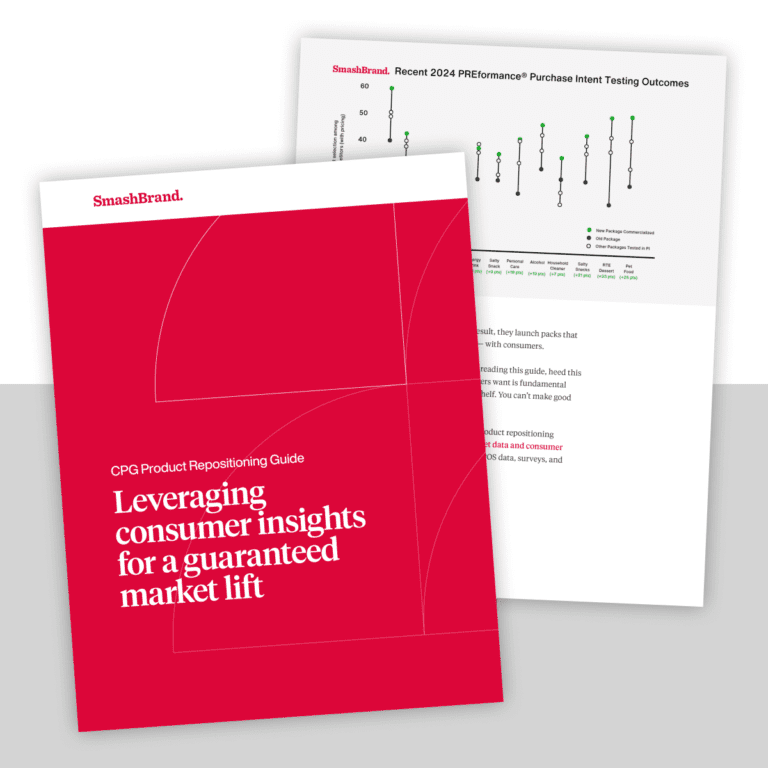
CPG product repositioning guide.
Explore the five undeniable signs your CPG product needs repositioning along with strategies for leveraging consumer insights for a guaranteed market lift.
Download Whitepaper About CPG product repositioning guide.
